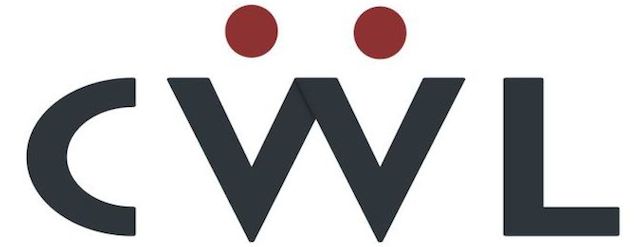My list for last year was rather short at only three books, but I’ve managed to expand my reading. Reading is something I do as much as I can. That can be difficult at times. If I’m not reading every day, things feel off. I try to sneak a couple pages of reading in line at the supermarket.
While posting a product online, I came across a well-developed scam. When I saw it, I wanted to humour the bad guys and see what information I might glean from the process. This is not something you should do, but the details I’ve gathered can help you look at these scams with a more critical […]
Passwords aren’t going anywhere. Even though we’ve seen a rise in a new type of authentication including two-factor and even Yubico-style log-in options; passwords still seem to persist in our lives. If you’re online and use passwords (I know you do), you want to be as sure as possible when storing them. This means, no […]
That writing needs to hold some value is not a new concept. Those that write have some basic intuition that what they create needs to have some intrinsic value. Of course, if I want to write a science fiction story, it should entertain and enlighten those who read it. When I write on this blog, […]
I’ve been writing a book for a very long time. In fact, I think I’ve been on this book for more than two years. Two years of going away, distracted by all that life offers, and returning to inch along, trying to add to my word count. One thing I’ve become very familiar with is returning cold to a book that’s been in some form of completion. Here’s how I approach this.
I’ve moved back to Windows from MacOS. As a decade-long Macbook user, this huge shift (for me) deserves some explaining. In my business, many look to me for understanding about what to use, and quite literally the computer I use every day influences other’s choices, reactions and ultimately purchase decisions.
“Please send me that screenshot, I want to beat the snow”. I’ve come to a small coffee shop ten minutes from home to connect and wait for confirmation of legitimacy almost as clandestine as “proof of life”. A gray market seller of an Apple laptop is making the aforementioned computer available, sealed in the box […]
The coming end of this year usually brings ponderings of the past and predictions for an unknown future, but screw that. Books are where it’s at. I love to read. As a fellow reader, you’re probably looking for books to add to the “want to read” bookshelf. I’m here to recommend three more that you […]
As a person who’s been in the technology field for more years than anyone should be, I’ve seen my fair share of dark places. These forlorn, apocalyptic and forgotten corners of buildings aren’t shooting locations of the next horror movie but where those of our ilk work day in an day out. Often these spaces will be small, will contain nothing even resembling creature comforts like tables and chairs, and will feature the incessant humming of today’s computerization. You office workers have it so easy with you Steelcase chairs and cubicle walls. Despite the pains of this work (I know there are far worse places to work), I have come to wonder about the food we eat.
Last month I attended a very informal “Meet the Writer” event at my local library. Speaking there was Susanna Kearsley, an author of a number of great fiction books and bestsellers at that. I thought it would be amazing to meet an honest-to-goodness writer and see what she might offer about the writing process, getting published, […]








